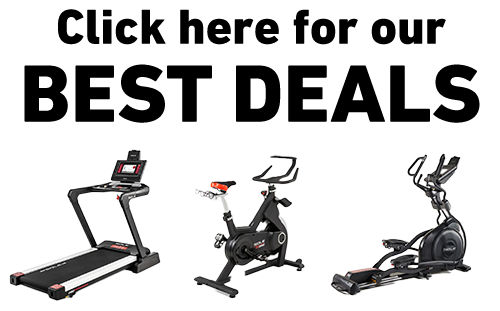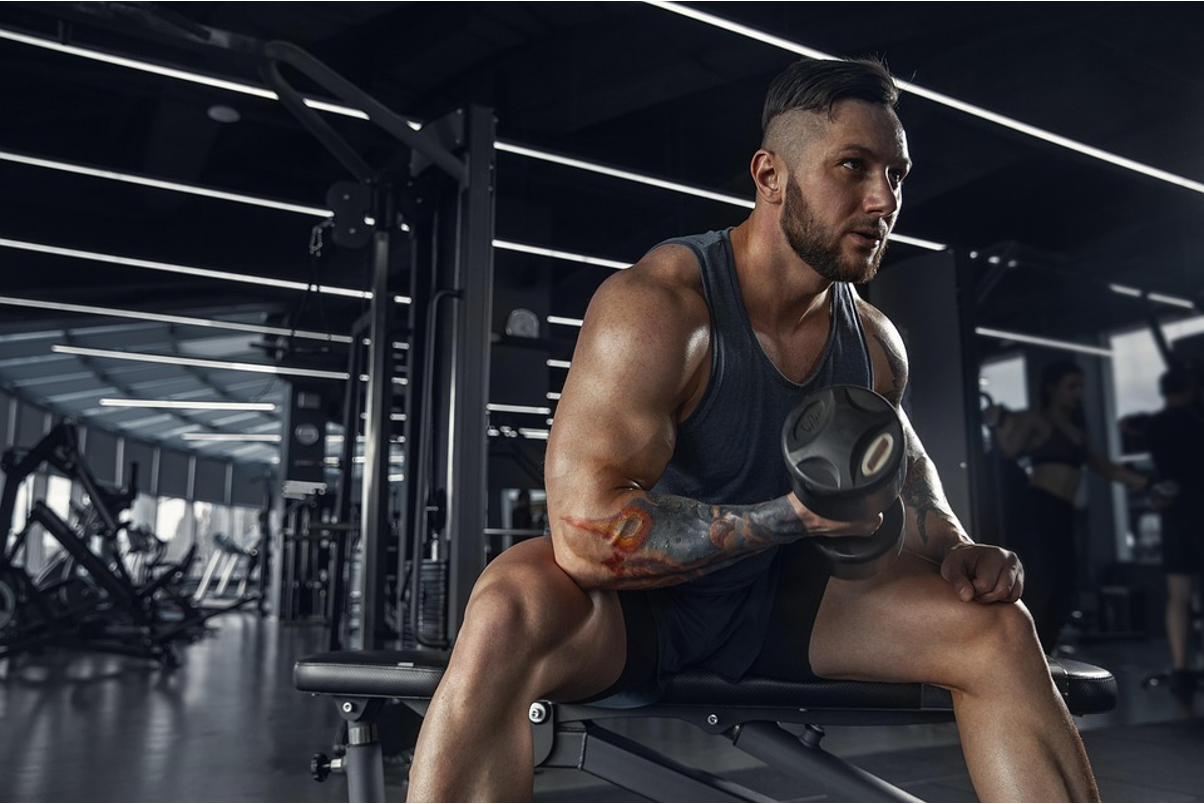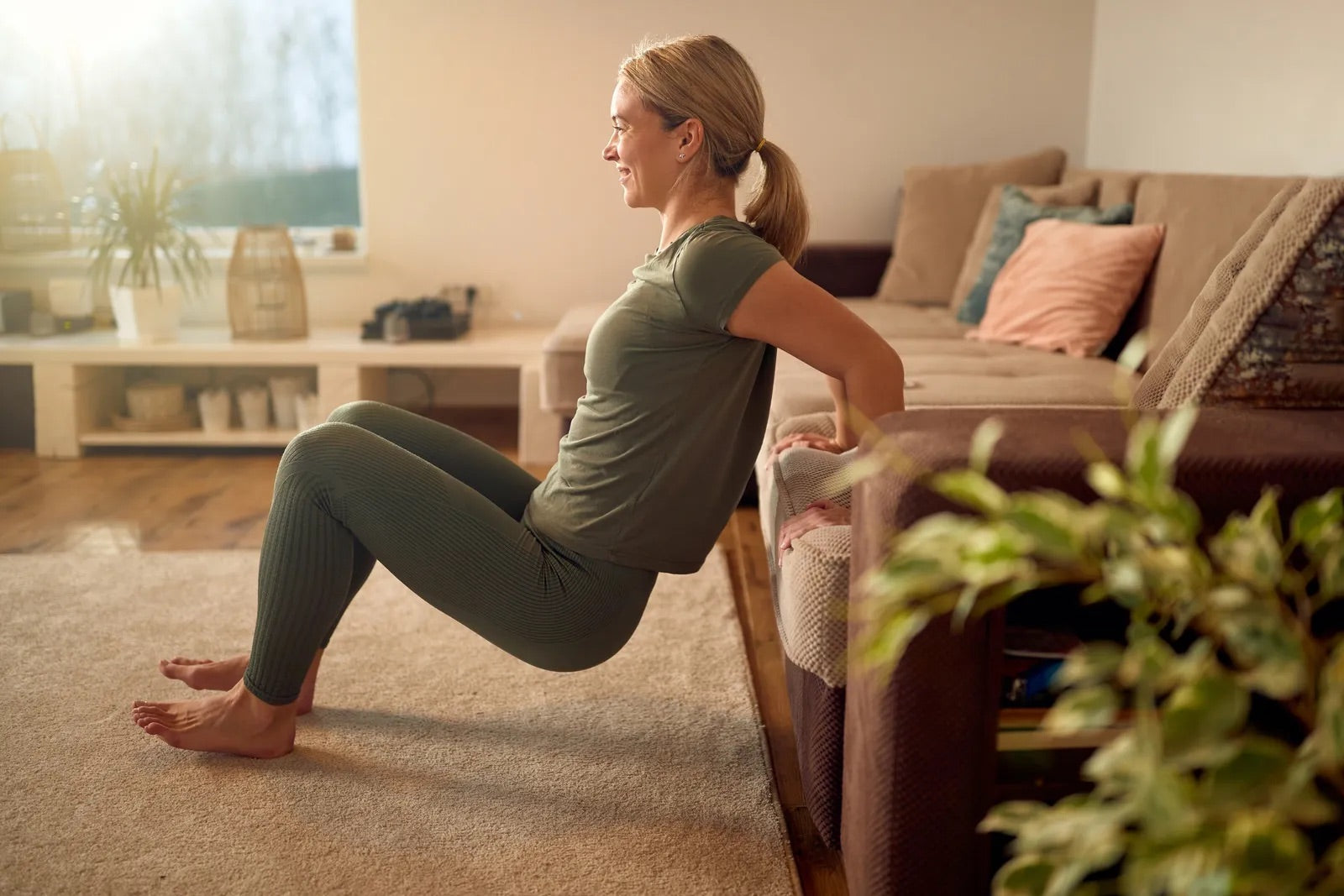Key Takeaways
- Bro splits target one muscle group per workout and are ideal for bodybuilders who prioritize muscle isolation and hypertrophy over overall strength development.
- Full body workouts involve training most major muscle groups in a single session, offering the highest training frequency and efficiency for beginners and time-constrained lifters.
- Upper/lower splits provide a balanced middle ground with twice-weekly muscle stimulation and sufficient recovery time, making them versatile for both strength and size goals.
- Training frequency directly impacts muscle protein synthesis.
- SOLE's versatile equipment lineup supports all three training splits with adjustable dumbbells for isolation work and treadmills for recovery cardio.
What Are Workout Splits and Why Do They Matter?
Workout splits refer to how you organize your training sessions throughout the week, specifically which muscle groups or movement patterns you train on particular days. This fundamentally affects recovery, progress, and program adherence.
The split you choose influences several critical training variables: training frequency (how often each muscle group is worked), volume (total amount of work performed), intensity (how hard you train), and recovery (time between stimulating the same muscles). These variables collectively determine your results.
|
Build Your Foundation with Premium-Grade Strength Equipment!
 Complete Your Home Gym:
Why Choose SOLE Strength: ✓ Heavy-duty steel construction with rust protection 30-Day Money-Back Guarantee: Love it or return it, no questions asked. |
Bro Split: The Classic Bodybuilding Approach

The bro split's popularity stems from its intuitive design and intense muscle-specific focus.
The bro split (also called a body part split) became the gold standard in bodybuilding circles during the 1980s-2000s. This approach dedicates entire training sessions to specific muscle groups, typically creating a chest day, back day, leg day, shoulder day, and arm day.
Despite being criticized by some modern training methodologies, the bro split has produced impressive physiques throughout bodybuilding history. Its effectiveness for certain individuals, particularly those with excellent recovery capabilities and hypertrophy-focused goals, cannot be dismissed.
How a Bro Split Works
Sample 5-Day Bro Split:
- Monday: Chest
- Tuesday: Back
- Wednesday: Legs
- Thursday: Shoulders
- Friday: Arms
- Saturday/Sunday: Rest
The fundamental principle behind the bro split is maximum stimulus for a single muscle group, followed by extended recovery before training that muscle again.
Each workout begins with compound movements when energy is highest, then progresses through isolation exercises to completely exhaust the muscle fibers.
Training volume per muscle group per session is often high, often 12–20 sets per muscle group. This creates significant metabolic stress and mechanical tension. The extended recovery period (typically 6–7 days between sessions for the same muscle group) allows for complete regeneration.
Benefits of Following a Bro Split
The bro split offers several advantages that have maintained its popularity among serious bodybuilders.
The focused nature of training one muscle group per session allows for exceptional mind-muscle connection and targeted stimulus. This concentrated work can create the intense pump and cellular swelling that many believe contributes significantly to hypertrophy.
Recovery between sessions for the same muscle group is maximized with a bro split. With 6–7 days before hitting the same muscle again, even the most intense training sessions have ample recovery time.
This extended recovery can be particularly beneficial for advanced lifters who generate significant muscle damage during workouts.
Drawbacks to Consider Before Choosing a Bro Split
The most significant drawback is the low training frequency. Hitting each muscle group just once per week doesn't align with current understanding of muscle protein synthesis, which typically peaks 24–48 hours post-workout and returns to baseline within 2–3 days for most individuals.
Time efficiency is another concern. Since you're focusing on fewer muscle groups per session, achieving sufficient weekly volume across your entire body requires more total training sessions. This approach can be problematic for those with limited training time.
Functional strength development may be compromised with a bro split approach. The isolation-focused nature can limit the development of inter-muscular coordination and movement pattern proficiency.
Upper/Lower Split: The Perfect Middle Ground

Upper/lower splits elegantly balance specialization with frequency, allowing each muscle group twice-weekly stimulation while maintaining manageable recovery windows.
The upper/lower split represents an elegant compromise between the specialization of a bro split and the frequency of full-body training.
By dividing the body into upper and lower components, this approach allows each muscle group to be trained twice weekly while still providing 48–72 hours of recovery between sessions.
Structure of an Upper/Lower Training Split
A typical upper/lower split divides training into four weekly sessions: two upper body days and two lower body days. Upper body days target chest, back, shoulders, and arms, while lower body days focus on quadriceps, hamstrings, glutes, calves, and often core muscles.
Many advanced implementations differentiate between the two weekly sessions for each body region.
For example, the first upper body day might emphasize horizontal pushing and pulling (bench press variations, rows) while the second focuses on vertical movements (overhead pressing, pull-ups).
Main Advantages of Upper/Lower Training
The primary benefit is optimal balance of training frequency and recovery. By training each muscle group twice weekly, you capitalize on multiple protein synthesis windows while still allowing 72+ hours between stimulating the same muscles.
This frequency aligns well with current research suggesting most muscle groups respond best to being trained 2–3 times weekly.
Training efficiency is significantly improved compared to a bro split. With just four weekly sessions, you can achieve sufficient volume across all muscle groups without spending excessive time in the gym.
Potential Limitations of the Upper/Lower Approach
Individual sessions can be quite demanding, as each workout must cover multiple muscle groups in sufficient volume.
This can lead to longer training sessions (typically 60–90 minutes) and may require careful exercise selection to maintain workout quality throughout the session.
Full Body Training: Maximum Efficiency

Full body training maximizes training frequency and time efficiency; this makes it ideal for beginners and those with limited gym availability while still providing excellent results.
Full body training involves training most or all major muscle groups within a single session, typically performed 3–4 times per week.
While often considered "old school," full body training has experienced a renaissance as research has highlighted the benefits of higher training frequencies.
|
Training Split |
Frequency Per Muscle Group |
Session Length |
Best For |
|
Full Body |
3–4x/week |
45–75 minutes |
Beginners, Time-Constrained Lifters |
|
Upper/Lower |
2x/week |
60–90 minutes |
Intermediate Lifters, Balanced Goals |
|
Bro Split |
1x/week |
45–75 minutes |
Advanced Bodybuilders, Specialization |
Key Advantages of Training Your Entire Body Each Session
Full body workouts offer unmatched training efficiency for those with limited time availability. By stimulating all major muscle groups in each session, even those who can only train 2–3 days per week can achieve sufficient volume and frequency across their entire musculature.
Metabolic and hormonal benefits represent another significant advantage. By engaging large amounts of muscle mass in each session, these workouts create a powerful systemic response, therefore elevating calorie expenditure both during and after training.
Common Challenges With Full Body Programs
Session management becomes critical when training all muscle groups in one workout. Without careful exercise selection and programming, workouts can grow excessively long or certain muscle groups may receive inadequate attention.
Recovery management presents another potential hurdle. Training the same muscle groups 3–4 times weekly demands careful attention to volume per session, intensity management, and recovery techniques.
Support Any Training Split with SOLE's Versatile Equipment

SOLE's comprehensive equipment lineup provides the versatility needed to excel with any training split.
Your training split choice shouldn't be limited by equipment availability. SOLE's comprehensive lineup supports every approach from specialized bro splits to efficient full-body routines.
The SW155 and SW180 Adjustable Dumbbells provide the foundation for any split with 16 weight options from 5–80 pounds, perfect for both heavy compound movements and precise isolation work.
For upper/lower splits, combine the dumbbells with the SW111 Olympic Barbell for compound movements, while the Equipment Mat provides stability for floor exercises.
For bro split enthusiasts, combine the adjustable dumbbells with the SW116 Weight Bench to create dedicated chest, back, and shoulder specialization workouts. The 9 adjustable positions support every angle needed for targeted muscle development, while the solid construction handles heavy loads safely.
Those who do upper/lower splits appreciate the easy transitions that SOLE's equipment gives you. Move seamlessly from dumbbell rows to overhead presses on upper days, then switch to goblet squats and Romanian deadlifts for lower body sessions.
The quick-adjust dial system eliminates downtime between exercises, keeping your workouts flowing efficiently. Plus the SOLE+ App that includes recovery-focused programs that complement any training split.
Frequently Asked Questions (FAQs)
Can I build muscle with any of these splits?
Yes, you can absolutely build muscle using any of these training splits when implemented properly. Research consistently shows that the primary drivers of muscle growth are progressive overload, sufficient volume, adequate nutrition, and consistent training—all of which can be accomplished within any split structure.
How many days per week should I train for optimal results?
The optimal training frequency depends on your goals, recovery capacity, and training experience. For strength and hypertrophy development, 3–5 days of resistance training per week is sufficient for most individuals. Beginners often make excellent progress with just 3 full-body sessions weekly, while more advanced lifters may benefit from 4–6 training days using upper/lower or bro split approaches.
Is it better to follow the same split year-round or change periodically?
Strategic variation in training structure can be beneficial for continued progress and injury prevention. Many successful athletes utilize training periodization, which involves changing aspects of their program throughout the year. For example, using a full body approach during a strength phase, transitioning to upper/lower during a power phase, and implementing a bro split during a hypertrophy-focused block can help prevent plateaus.
Can I combine elements from different splits into one program?
Absolutely! Hybrid approaches can capitalize on the advantages of multiple training splits. A common and effective hybrid is the "Push/Pull/Legs" split, which incorporates elements of both bro splits and upper/lower approaches. Another effective option is following an upper/lower split with one full body day, allowing higher frequency for priority muscle groups.
How does SOLE equipment support different training split approaches?
SOLE's versatile equipment lineup adapts perfectly to any training split you choose. For bro splits requiring isolation work, the SW180 Adjustable Dumbbells provide precise weight increments from 5-80 pounds, essential for targeted muscle group training. The SW116 Weight Bench supports various angles needed for chest, shoulder, and back specialization days.







Leave a comment
This site is protected by hCaptcha and the hCaptcha Privacy Policy and Terms of Service apply.